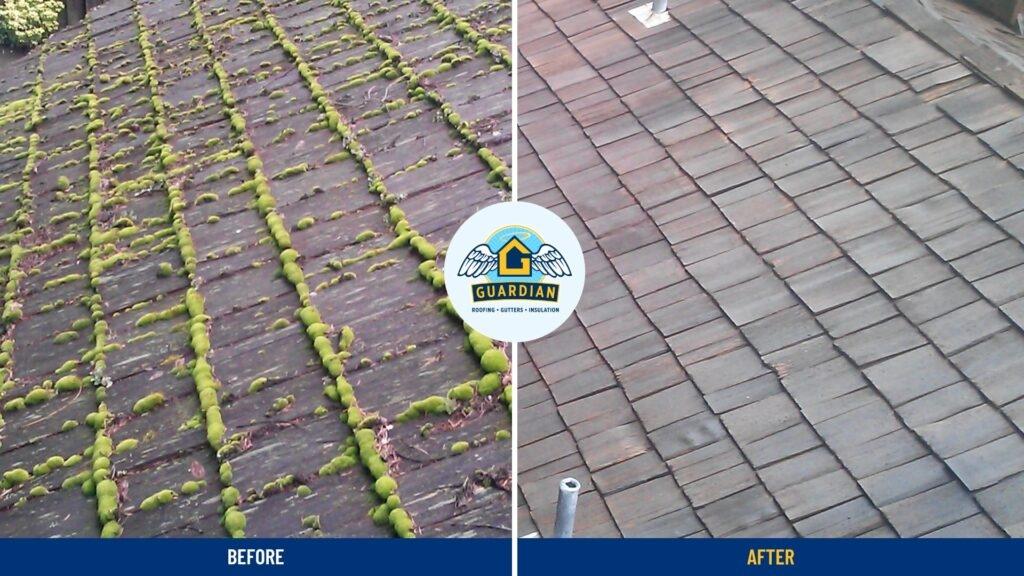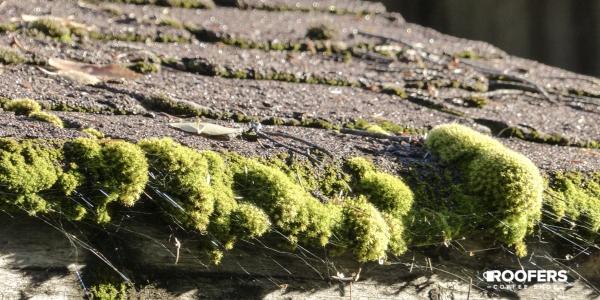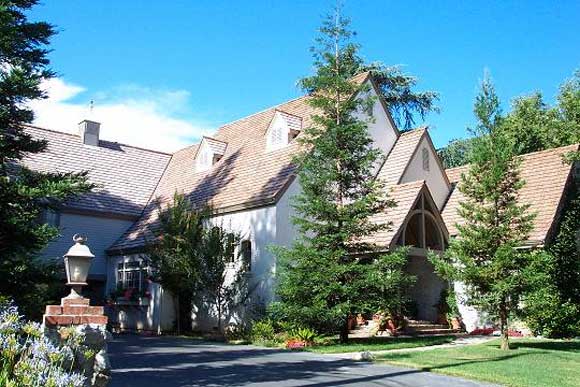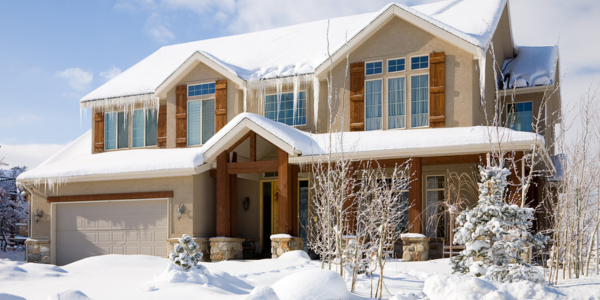The silent roof invader
June 3, 2025 at 6:00 a.m.By Guardian Roofing, Gutters & Insulation.
Spring inspections are the frontline defense against costly roof damage from moss and algae infestations.
It creeps in quietly, clinging to shingles and thriving in damp climates. What starts as a green patch can soon become a roof’s worst enemy. Moss and algae aren't just unsightly — they’re destructive and can spread fast. That’s why Guardian Roofing, Gutters & Insulation is sounding the alarm this spring. With home exteriors under constant attack from moisture and shade, the company is urging homeowners to act before minor growth becomes major damage.

“Roofs retain moisture, particularly in shaded areas, allowing moss to take root,” says Matt Swanson from Guardian Roofing. “Unlike hotter regions where sunlight can dry and kill moss, the PNW’s temperatures keep surfaces damp longer. Tall evergreen trees and overcast skies mean many roofs get limited direct sunlight, preventing roofs from drying out. In addition, north-facing and heavily shaded areas are especially prone to moss and algae growth.”
When inspecting roof conditions, Guardian pays attention to the design factors, like low-pitch roofs that tend to hold more moisture, accelerating moss growth. Poor drainage and clogged gutters will also exacerbate moisture retention.
“The structural and aesthetic damage of moss and algae growth can contribute to roof deterioration, shortening the lifespan of your roof. The longer moss is allowed to grow, the more irreversible damage is done to your roof,” continues Matt Swanson. “Moss roots can lift shingles, leading to leaks and water damage, while algae can create dark streaks, reducing curb appeal and potentially affecting home value. DIY removal can be dangerous due to slippery conditions and roof height, so we always recommend a spring roof inspection to get ahead of potential problems.”
With an inspection and assessment, Guardian Roofing, Gutters & Insulation technicians will evaluate the extent of moss and algae growth. They will check for roof damage, including lifted shingles, leaks, degranulation and clogged gutters. Then, a customized treatment plan is created based on the roof’s material and condition.
“The best way to prevent moss is with regular maintenance, keeping roofs free of dirt and debris. We recommend a full roof inspection and moss treatment at least once a year. However, if your home is in a heavily wooded or shaded area, a cleaning every 6 months may be necessary,” says Matt. “The experts at Guardian are available to help combat moss and algae’s unnecessary wear and tear on homes in the Pacific Northwest, giving peace of mind to homeowners all year long.”
Original article and photo source: Guardian Roofing
Have a question? AskARoofer.
Find your local roofing contractor in the AskARoofer™ Contractor Directory.














Comments
Leave a Reply
Have an account? Login to leave a comment!
Sign In